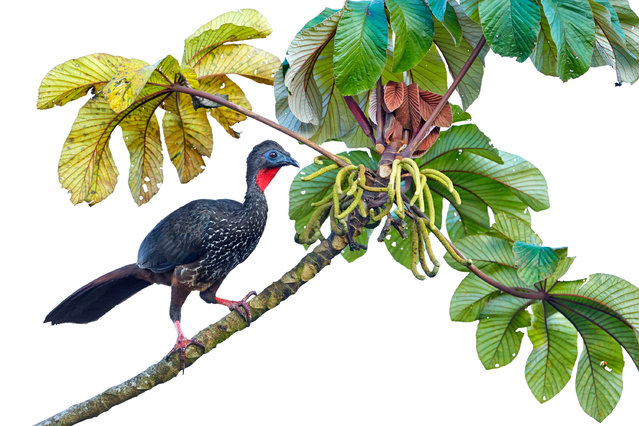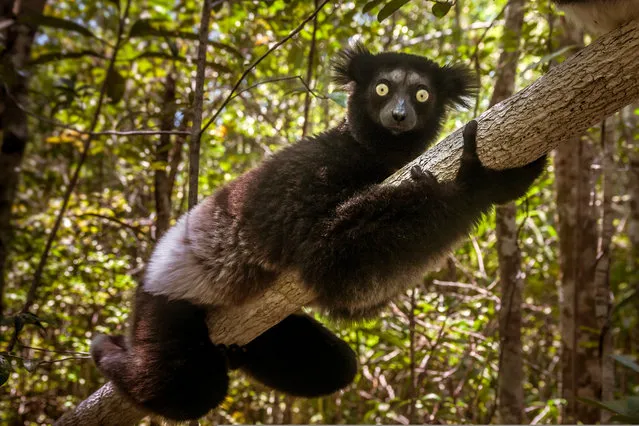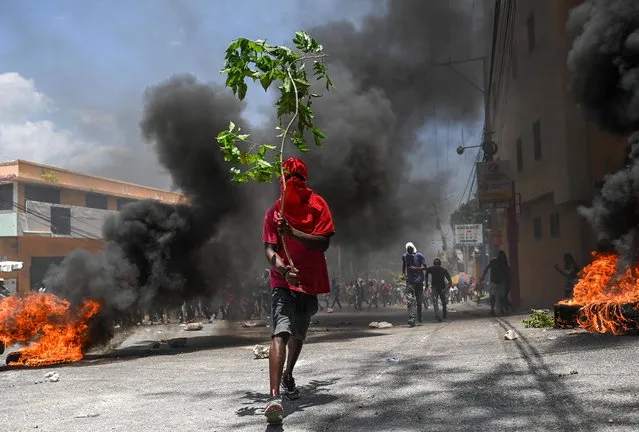
An army soldier takes a tree branch from an anti-government protester who is blocking a major highway that links the capital Beirut to northern Lebanon, in the town of Nahr el-Kalb, north of Beirut, Lebanon, Friday, January 3, 2020. Lebanon is facing its worst economic crisis in decades, while protests against corruption and mismanagement have gripped the country since October. (AP Photo/Hussein Malla)
05 Jan 2020 00:07:00,post received
0 comments







